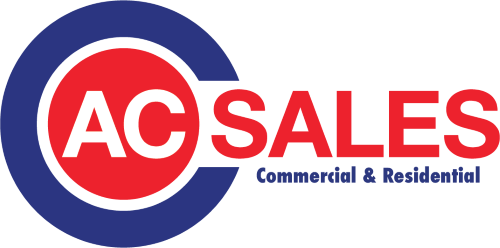
A furnace is often a background player for your home, keeping you warm across the cold winter months. It often doesn’t get noticed until something breaks down.
One root cause could be that your furnace has a cracked heat exchanger. It can be a safety risk, so it’s important to know the signs of a cracked heat exchanger and what to do if you suspect that might be the problem.
What Is a Heat Exchanger in a Furnace?
A heat exchanger transfers heat from the combustion chamber of your furnace to the air that circulates inside the ventilation. It generally does this with coils or tubes that heat up the air while functioning as a barrier to keep byproducts created in the combustion chamber, called flue gasses, from escaping out into your home.
Is a Cracked Heat Exchanger Dangerous?
Thanks to its key role, it shouldn't come as a surprise that a broken heat exchanger can be hazardous. A damaged heat exchanger can allow dangerous gasses – including carbon monoxide, which can be lethal – to circulate across your home.
For obvious reasons, never turn on your heating if you suspect it has a cracked heat exchanger, as this could make the whole household ill. Reach out to an HVAC professional as soon as possible if you believe your heater has a cracked heat exchanger that needs repair.
Four Signs of a Cracked Heat Exchanger:
- Furnace turns off: A cracked heat exchanger may cause your furnace to turn off.
- Unusual Smells: If the air coming out of your furnace has a strong chemical smell, it may be evidence gas is leaking through cracks in your heat exchanger. These byproducts, which will often smell like formaldehyde, are a major warning sign.
- Carbon monoxide alarm initiates or you notice symptoms of poisoning: If a cracked heat exchanger is relieving carbon monoxide in your home, your carbon monoxide alarm could go off or household members might experience signs of carbon monoxide poisoning. Side effects include headaches, dizziness, weakness, nausea, vomiting or feeling sleepy. If an alarm goes off or you feel sick, exit the home right away and then call for help.
- Soot: If you find black sooty buildup around the exterior of your furnace, it’s another sign something could be seriously wrong.
What You Should Do if Your Furnace Heat Exchanger is Cracked
If you suspect your furnace has a cracked heat exchanger, hire a pro with extensive experience in furnace installation Lafayette right away so they can take a look at your system and, if necessary, handle a furnace heat exchanger replacement. Costs often fluctuate depending on the situation, but estimates can roughly suggest $1,000 to $3,000.
Fortunately, the good news is that heat exchangers are regularly protected by the warranty. It's a good idea to confirm the warranty paperwork on your furnace, because while the warranty might not cover the entire cost of repairs, it still may significantly lower your bill.
How to Avoid a Cracked Heat Exchanger in Your Home
One of the best ways to avoid problems in your furnace overall is with regular furnace maintenance. Furnaces work the best when they operate efficiently. Calling a certified professional to examine your furnace for old parts, clogs in the air filters and other common problems can keep you from getting a big bill later on.
It’s also helpful to review your furnace filters every few months – it’s recommended some filters be changed every 90 days or sooner if they are dirty or grimy. While the filters aren't a part of the heat exchanger itself, the strain of pulling air through a clogged filter makes the entire furnace work harder to complete its job. And the harder your furnace has to work, the more strain parts like the heat exchanger will sustain.
 Skip to content
Skip to content
